by Kenan White | Jan 13, 2022 | Basics, Books & Design, Flowers, Gardening, Herbs, Inspiration, Miscellaneous, Wildlife |
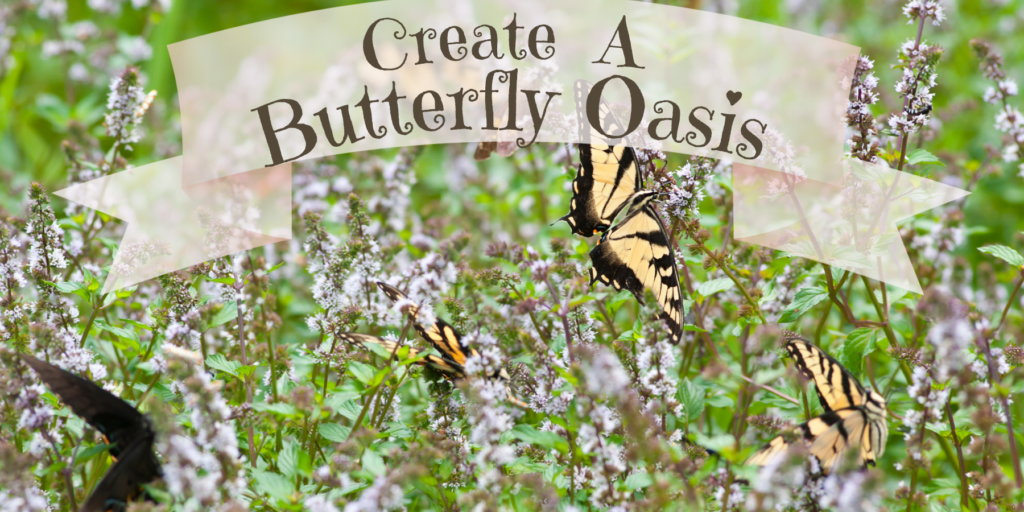
Butterfly gardening can be a wonderful way to experience wildlife in your garden, encourage pollination, and it takes very little maintenance, giving you more time to enjoy the beauty of watching butterflies flock to your plants. Many people who have maintained a butterfly garden for such a long time actually enjoy having visitors to come and look at their creation. This is also a great way to give back to your local ecosystem, as many natural habitats for butterflies and other pollinators have been destroyed by urban development and human interference. We always let about half of our test garden go wild in the summer, in addition to the many flowering shrubs and trees throughout the yard, to give butterflies a safe place to feed and lay their eggs. This is common practice, and we let this happen until the flowering shrubs and trees start to become an issue.
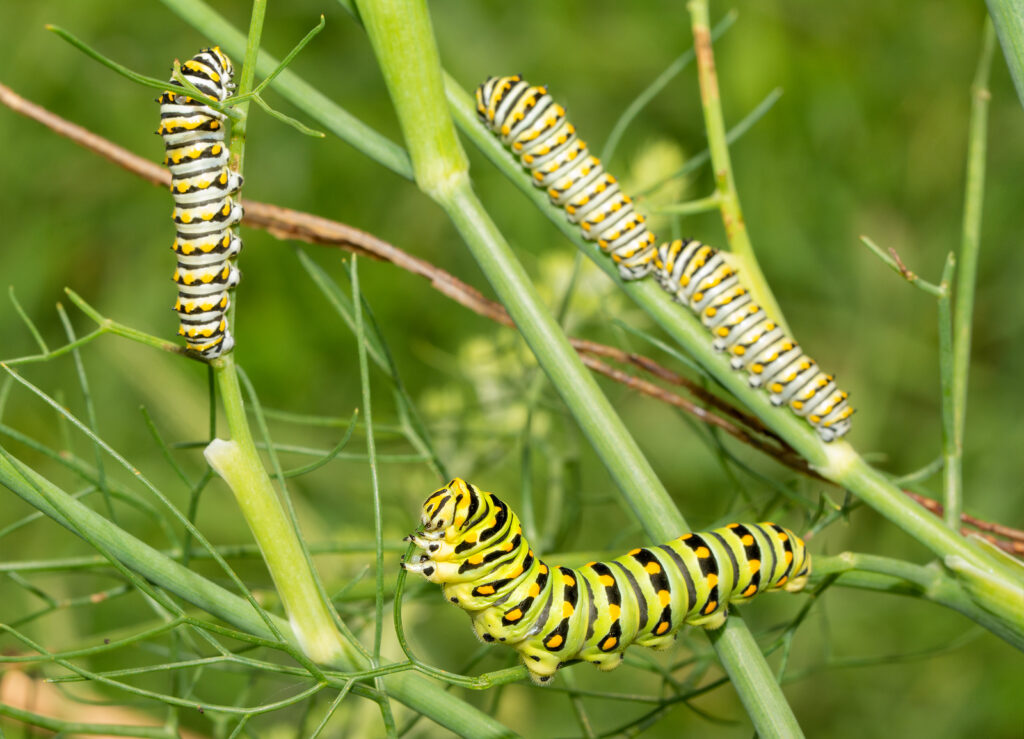
Here’s a wonderful photo showing a Fennel plant hosting Eastern Black Swallowtail butterfly caterpillars
In planning your butterfly garden, make sure to plant plenty of host plants and feeder plants. Host plants are specific herbs, flowers and other plants, that mature butterflies lay their eggs on because they create a safe haven for their young who will also feed on these plants once they become caterpillars. Be aware that these plants will be the sole food source for caterpillars, so it will be pretty heavily snacked upon. Because these may look rather ragged by the time the caterpillars are done munching on them, you may want to add these to the back of your garden, but still close to feeder plants so that the caterpillars are able to find them easily in their next stage of life. Some common host plants include Fennel, Italian Flat Leaf Parsley, Dill, Broccoli, Sunflowers, and Butterfly Flowers (also known as Milkweed).
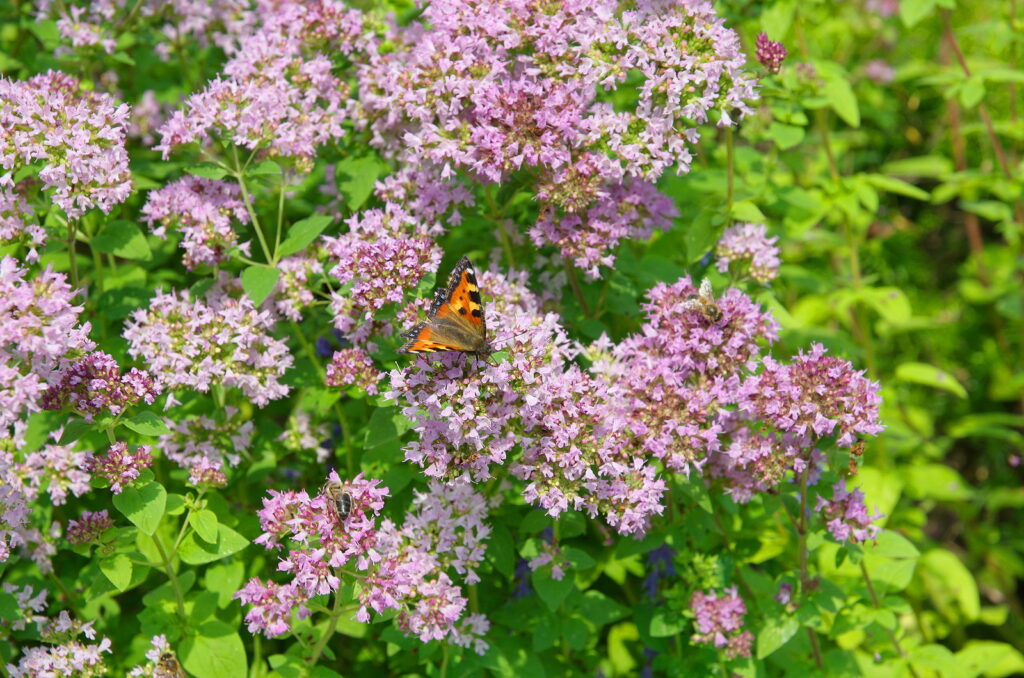
Butterfly on the flowers of oregano (lat. Origanum vulgar)
Feeder plants are nectar rich plants that adult butterflies will feed on throughout the season. These will also attract other helpful pollinators to your garden like honeybees and hummingbirds! Feeder plants tend to be fragrant and brightly colored, and you may be surprised to find that you already have many in your garden already. Some common varieties from our garden include Lantanas, Buddleias (also known as “Butterfly Bushes”), Joe Pye Weed, Bee Balm (Bergamot), Garlic Chives, and Oregano.
- Remember to plant your perennial butterfly plants toward the back of your garden and your annuals toward the front, for easy seasonal replacing.
- Don’t forget to incorporate herbs into your butterfly garden! Many herbs are perennial and will provide you with a safe haven for caterpillars and beautiful blooms when they flower. You can also use them in many other ways!
- Choose an area that is protected by the wind, as butterflies are delicate and don’t want to fight strong breezes to feed.
- Provide a water source, such as a birdbath or a shallow bucket filled with water with sand in the bottom.
- Avoid using pesticides on your plants as these will harm the butterflies and their young.
by Kenan White | Sep 12, 2012 | Basics, Gardening, Herbs |
We are having a few end of the month visitors to our test gardens and set about cleaning them up about 2 weeks ago. Cleaning out debris, cutting back all of our herb plants, and actually taking in a good harvest. We have pesto to get us through the winter, and a lot of dried herbs to make sure that our stews and savories are outstanding. We even renovated our smoke house and we are doing a lot of drying flowering herbs. Hot work in the middle of a muggy summer but oh, my, it was worth it.
Just strolling through this weekend and was delighted by the amount of blooms that we have – another chance before fall and winter settle in. So, if you are a Zone 7 or above, don’t forget that you might have a chance. This test bed is astounding and reminds us all that herbs in a landscape are invaluable. What started as an after thought has really taken on a life of its own. We keep adding to the beds and right now, they are a butterfly and bee magnet.
Bottom line: the garden is never finished so neither is the gardener. Use a good pair of clippers and make a plan ahead of time, or you will end up tossing some very valuable harvest. For whatever reason (think if I back up 9 months to New Year’s Eve if have it figured out) a lot of my friends and family have September birthdays and I have been making a lot of herb bouquets. Ball jars make very lovely and inexpensive vases.
Pictured below, left to right: Joe Pye Weed, Datura, Evening Fragrance, Feverfew, Dill, Costmary.

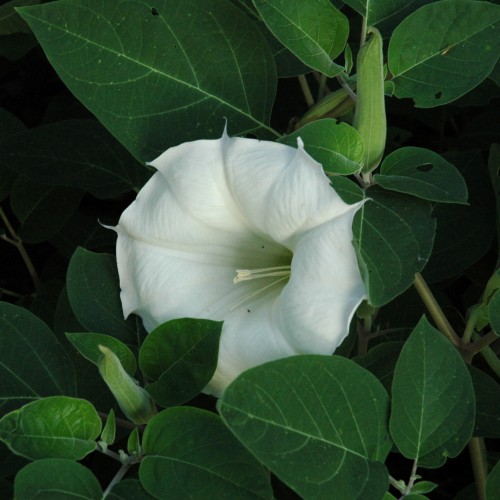
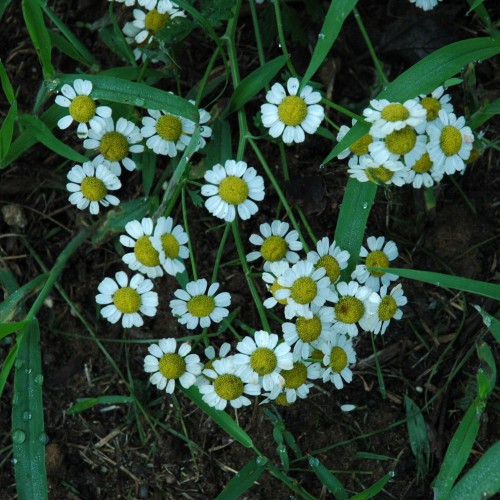
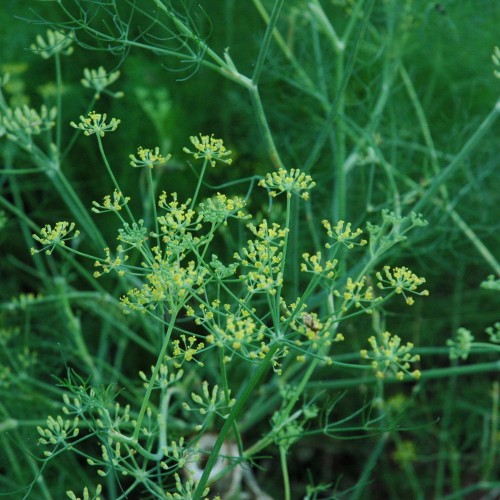
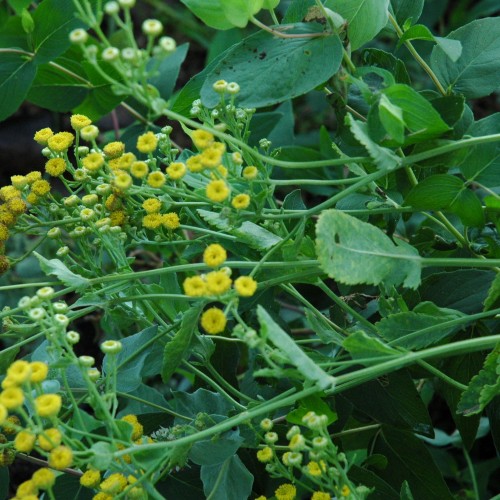
by Kenan White | Sep 11, 2012 | Miscellaneous |
As summer fades into fall, we begin to notice the little signs warning that winter is approaching; even if still weeks away. Some signs are easier to read than others. Are the tree leaves turning early or are they just exhausted from a hot dry summer? Does that wooly bear caterpillar have a wide stripe or not? One sure sign that leaves no room for doubt is the Joe Pye Weed. The story says that Joe Pye was a Native American healer who saved a community of settlers from a sickness using the plant that now carries his name as the cure.
Even though Joe Pye Weed is rarely used for medicinal purposes these days, the plant can still perform an important function for those that notice it. For me, Joe Pye blooming is the grand finale to summer. Joe Pye always waits to the end, so when you see it’s purple blooms, summer is just about over! Though there may be a few warm days ahead, it is time to start preparing for the coming winter. Joe Pye says so, and he never lies!

Joe Pye Weed
by Briscoe White | Nov 7, 2011 | Miscellaneous |

When many people envision their garden, they feel the need to choose between fashion and function — Flowers or Herbs. Yet, little do they know, that the two can be combined to enjoy the best of both worlds. We tend to forget to appreciate herbs in our garden, focusing mainly on the end product- their flavor. So what does an herb offer for your landscape?
Contrast
Herbs add depth and contrast to your existing flower gardens, by offering a myriad of verdant colors that enhance the color of your buds and blooms. By filling space around, between, and under your existing flowers, herbs allow the blooming colors to seem more vibrant. Essentially, they frame your flowers without detracting from their beauty. The many textures of their varying foliage also make your garden more interesting, and you can alternate from glossy, dark green Basils such as the Italian Large Leaf Basil, to the variegated leaves of the low-growing, Pineapple Mint. Wonderful Golden Variegated and Silver Edged Thymes, Tricolored Sage and Amethyst Basil are just a few of the naturally stunning plants that add can compliment your flower garden, with little effort to maintain.
Color
Many herbs themselves have beautiful blooms that often go overlooked or undesired if grown solely for their culinary benefits. Once an herb beings to bloom and goes to bolt, the flavor profile may change, so culinary herb gardeners tend to prune the flowering tops of these plants to preserve the herb’s flavor intensity. If left to flower, most herbs display beautiful spires, clusters and sprigs of color that will continue all summer long. Pineapple Sage, Rosemary, Basils and Fennel are just a handful of culinary herbs that may be best left un-snipped to allow their blooms to attract wildlife and lend beauty to your landscape. Other herbs not traditionally used to cook with that provide an array of color are Clary Sage, Joe Pye Weed, Sweet Woodruff and Rue.
Naturally Beneficial
Many herbs have natural insect and pest repelling properties that will actually help protect your neighboring flowers from outside attacks from unwanted visitors. Incorporating your landscape with these non toxic defenders will ensure a healthier garden and less stress for you, too. Herbs like Bergamot and Chives which will deter deer and Tansy which repels Japanese Beetles, have wonderful blooms that will look great while safeguarding your other plants. Not only will these flowering herbs keep pests out, but their sweet scents will help entice valuable pollinators like hummingbirds, bees and butterflies to encourage the pollination and growth of your garden. Many herbs are havens for very specific types of butterflies, such as the Monarch Butterfly, which tends to favor Fennel flowers.
Planning Is Key
Gardening with herbs does not have to be complicated; with a bit of planning and a little imagination, you can either use herbs to transform an existing bed or start completely from scratch. In either case, it is important for you to do some preliminary groundwork. Determining the purpose for your garden is one of the first steps to enjoying it. Having an end use in mind will help dictate what and how you plant. For example, a kitchen garden might be best planted close to your back door for easy access to fresh herbs while you cook. You want those fresh flavors close at hand when you need a sprig of Tarragon and don’t want to trek across your yard.
What space do you have to work with? Remember that your plants will mature quickly and flush out beautifully, so space needs to be a consideration when planning. It wouldn’t hurt to consult with a california lawn care specialist to get a different perspective on how you might tackle the job. I’ve made the mistake of planting starter plants too closely and they end up choking each other out. Save yourself the future headache and allow at least three to eight feet for a perennial herb and about one to three feet for an annual. This will ensure that your plants have plenty of space to stretch out and grow. The height and spread of each plant, are also important in terms of light. Make sure to plant your more dramatic, upright herbs closer to the back, leaving ample space for low lying, creeping herbs like Thyme closer to the front where they may still get plenty of light. Your herbs will need at least six hours of direct light a day, and if you invest in perennial plants, you’ll have to plan for shifting sunlight as the days get shorter, moving into the Fall season.
The soil that you start your garden in, is just as important as the amount of light the area gets. Herbs need well draining soil, and some, like Lavenders are particularly fussy about “wet feet”. Test your soil and plant accordingly. You may even want to add sand or organic compost to different parts of your garden, to cater to the specific needs of certain plants. That being said, study up on each plant. Even the “usual suspects”. Knowing each plant’s specific needs will allow you to provide for them and diagnose any unforeseen issues that may arise. (It’s also a good way to make sure you’re not planting unwanted plants like invasive species.)
It helps to plot out your garden on paper first, before you break ground. This is a wonderful way to spend your cold winter nights. Just curl up with some graphing paper and a pencil, with a cup of hot chocolate begin to dream and scheme about the spring. Thinking ahead will keep you company through the cold and you’ll be ready to get started as soon as the ground thaws.This will save you a lot of trouble and it will ensure that each plant gets the proper attention and resources that it needs.
It’s time to reinvent the way we look at growing herbs and remember to choose them for their colors, textures and blooms. Many herbs are perennial and will remain long after your flowers fade. Most need little water and don’t prefer to be fertilized, making them very simple ways to round out your landscape for a more interesting look. So this spring, as you’re buying plants and making plans for your yard, consider adding herbs not just for their flavor, but for the beauty the can bring to your favorite spaces.









